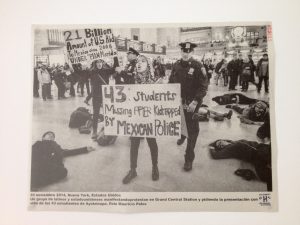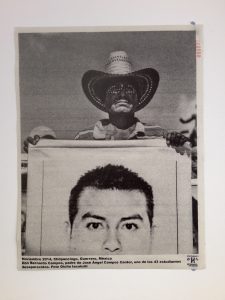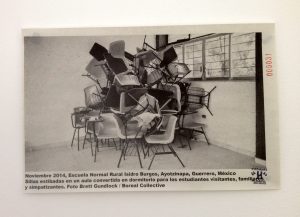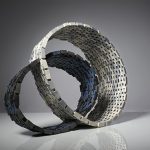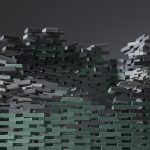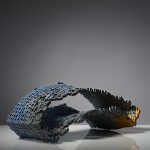15 February – 2 March 2018
The exhibition extends over all floors of the building.
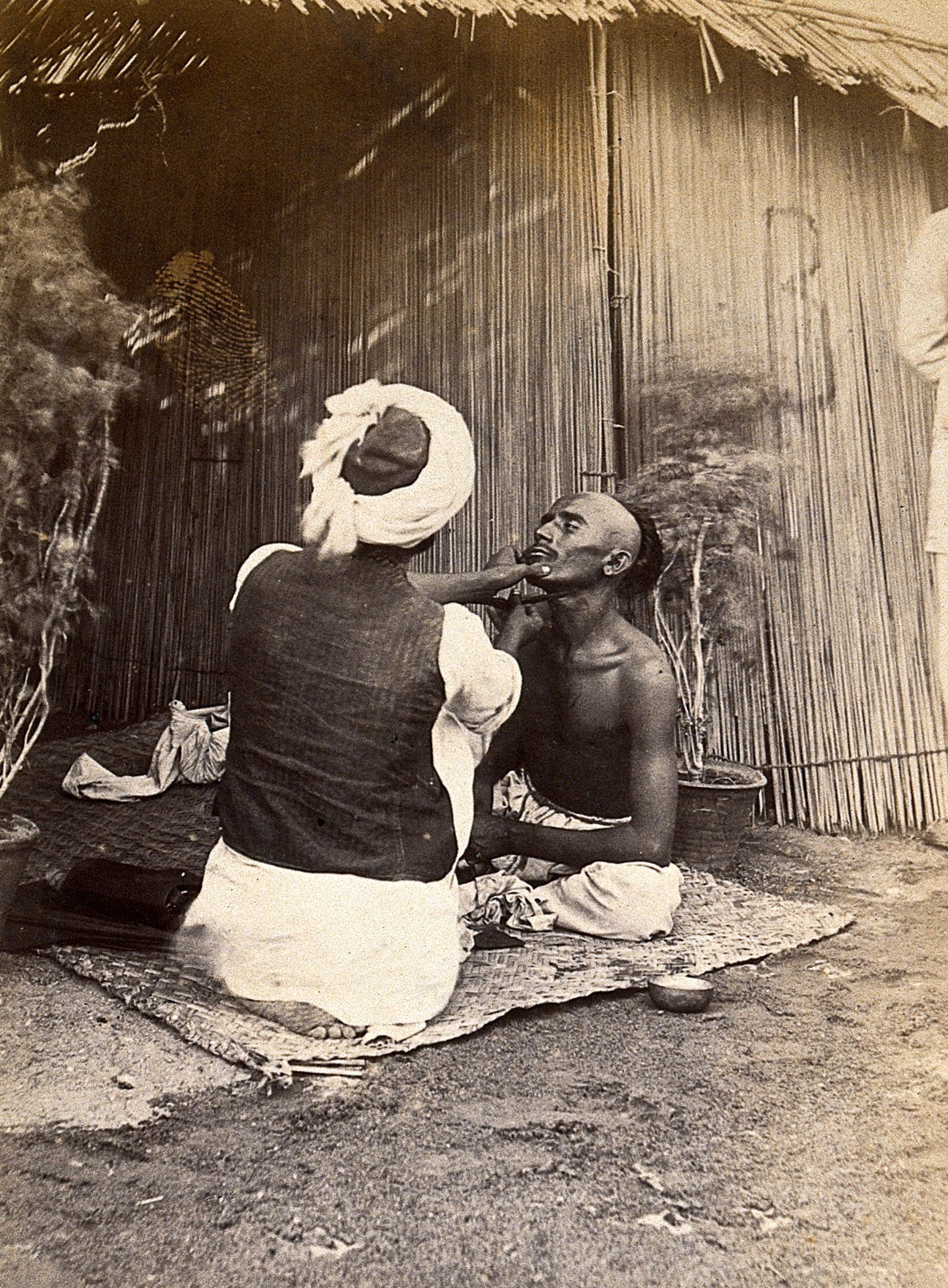 The third pandemic of plague (in its bubonic and pneumonic clinical forms) struck the globe with devastating results between 1894 and 1959. It was the first time that plague would reach and establish itself in all inhabited continents. It was also the first time that any epidemic would be photographed. As plague spread from harbour to harbour, and amongst cities, towns and villages, so did photographs of the pandemic through reproductions in the daily and illustrated press. The exhibition Visions of Plague showcases for the first time this founding moment in epidemic photography. Showing photographs collected and digitized from across the world by the ERC-funded project Visual Representations of the Third Plague Pandemic, the exhibition takes us from the frozen steppes of Manchuria to San Francisco, Brazil, India and Madagascar, where epidemics of plague challenged colonial and national forms of government, reshaped the urban environment and generated new ways of understanding infectious diseases.
The third pandemic of plague (in its bubonic and pneumonic clinical forms) struck the globe with devastating results between 1894 and 1959. It was the first time that plague would reach and establish itself in all inhabited continents. It was also the first time that any epidemic would be photographed. As plague spread from harbour to harbour, and amongst cities, towns and villages, so did photographs of the pandemic through reproductions in the daily and illustrated press. The exhibition Visions of Plague showcases for the first time this founding moment in epidemic photography. Showing photographs collected and digitized from across the world by the ERC-funded project Visual Representations of the Third Plague Pandemic, the exhibition takes us from the frozen steppes of Manchuria to San Francisco, Brazil, India and Madagascar, where epidemics of plague challenged colonial and national forms of government, reshaped the urban environment and generated new ways of understanding infectious diseases.
Visual Representations of the Third Plague Pandemic is an ERC project held at the University of St Andrews’ Social Anthropology Department and the University of Cambridge’s CRASSH, and led by medical anthropologist Dr Christos Lynteris. The project and the exhibition is funded by a European Research Council Starting Grant (under the European Union’s Seventh Framework Programme/ERC grant agreement no 336564).
The exhibition Visions of Plague: Photographs of the Third Plague Pandemic was realised with the cooperation of the Wellcome Library, the San Francisco Public Library, the Institute of Experimental Medicine, the Hong Kong University Library Special Collections, the Centre for South Asian Studies (Cambridge), the Joseph Needham Research Institute, the New York Academy of Medicine Library, and the Institut Pasteur Archives.
You can follow the project on Twitter @visualplague
